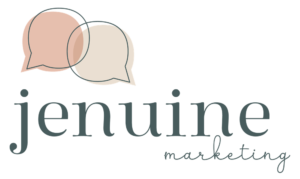
The other day, I visited a client who runs her own photography business. She does amazing work and gets great referrals by word of mouth but is looking to increase her rankings for some very specific keywords.
So I took a look at her website and made up a few suggestions, based on two different options: stay with her current website or trash it and start again (my recommendation is to trash it, but probably not possible until after the busy wedding season is over).
The client is using photobiz, a company that offers quick and easy websites geared especially to photographers. Her website looks great, due in large part to her amazing photographs. But the problem with the website is that every page has the same URL address. I have seen this before with other website services such as wix.
The beauty of these programs is that someone who is not very knowledgeable about websites and HTML can create a great looking website in a very short amount of time, without having to pay lots of money to a website developer. The downside to quick websites is that these companies often charge an ongoing monthly fee, in addition to your hosting costs, and the websites are not set up in a very SEO-friendly manner.
After some digging, I discovered that my client is unable to create unique page URL’s or link to her blog (hosted by another company) or Facebook page from the home page. Both of these are really important to having a search engine-friendly page (in fact, the blog should actually use the same URL).
So before you take the quick and easy route, do some research. Type the name of the website you are considering into Google, followed by “review”, and read the positives AND negatives that people have said about the service. If you need a website right now, maybe it’s best to use a quick website set-up service. But if you have time, or if you’re considering changing your website, make a list of what’s important to you and then ask someone who specializes in SEO what would be important to them.









